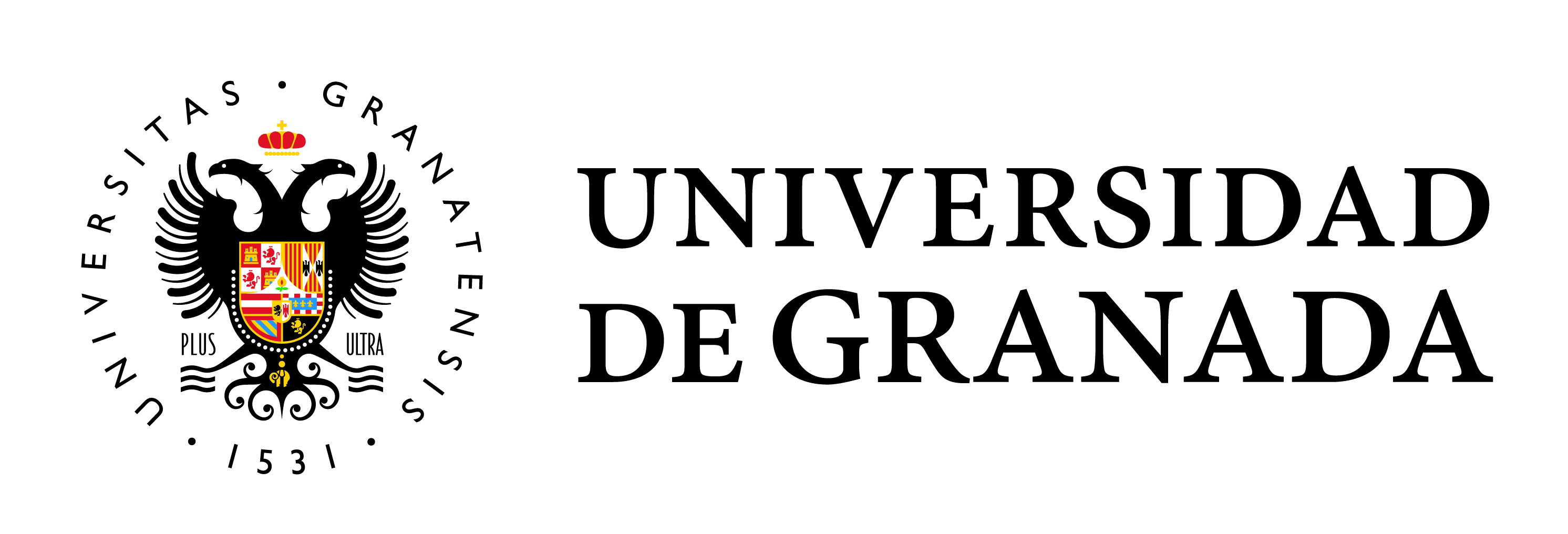Statistical model to determine natural gas consumption in urban areas: La Plata -Argentina-
Main Article Content
Abstract
This paper proposes the construction of a multiple regression statistical model based on census information that allows estimating the natural gas consumption per user in an urban area. This model was tested in a hypothetical urban expansion, for which fifteen possible morphologies were evaluated. For each of them, the natural gas consumption was obtained to identify the most efficient urban configuration. The obtained model has an R2=0.60 and allowed the identification of key variables in the determination of natural gas consumption which, for La Plata city, were: the percentage of apartments, the average number of rooms per household and the percentage of inactive people. The methodology here developed can be replicated in other study cases of similar scale, with its pertinent adjustments; it can generate specific arguments for each case to the discussion between compact and diffuse cities; and, in addition, it can contribute to decision-making in urban planning based on an energy approach.


